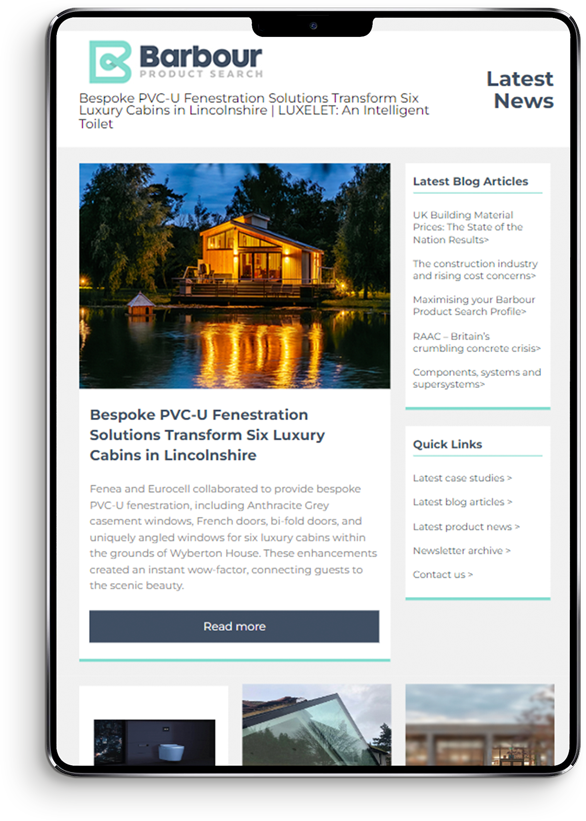When you think of construction and maintenance work, is scaffolding still the first thing that comes to mind? Well, it's time to update your mental image, because scaffolding alternatives are becoming more and more popular these days. Mobile Elevating Work Platforms (MEWPs) and Mast Climbing Work Platforms (MCWPs) are two types of aerial work platforms used as alternatives to traditional scaffolding in construction and maintenance projects.
MEWPs include boom lifts, scissor lifts, and cherry pickers, while MCWPs are large platforms that move up and down vertical masts. Scaffolding alternatives like MCWPs and MEWPs are increasingly popular due to their greater mobility, flexibility, and safety features. But which one’s the better option? Now let’s find out what makes MCWPs a superior choice for scaffolding alternatives over MEWPs, and how they outperform their counterparts.
Advantages Of MCWPs Over MEWPs As A Scaffolding Alternative
Increased Height and Weight Capacity One of the main advantages of MCWPs over MEWPs as a scaffolding alternative is their increased height and weight capacity. MCWPs and MEWPs differ significantly in their height and weight capacity, with MCWPs being able to reach much higher and carry up to 10 times more weight than MEWPs. MCWPs have a maximum height of up to 250 meters and a loading capacity of up to 5000 kg, while MEWPs can only reach up to around 55 meters for truck mounts and have an average basket capacity ranging from 130-450 kg. This difference in capacity makes MCWPs a superior choice for large construction projects that require heavy loads to be moved to great heights or for work that needs to be performed at elevated positions. speak to an MCWP expert.
Greater Safety and Stability
Despite their popularity, MEWPs have been associated with fatalities caused by machine overturning, operator’s entrapment in the basket, and tipping over due to their top-heavy nature when elevated.In contrast, MCWPs offer a safer working environment without such risks of hazards like entrapment or overturning, making them a safer option. Apart from that, MCWPs provide greater safety and stability compared to MEWPs. MEWPs can be challenging to maneuver, and their poor sightlines for operators means higher risks of accidents and collisions with other workers on the site or pedestrians. Overhead obstacles are a special concern. Sightlines are severely compromised when a MEWP is operated from an elevated platform. MCWPs, on the other hand, offer better visibility and maneuverability, ensuring a safer working environment.
Ability To Work On Uneven Terrain
Another advantage of MCWPs over MEWPs is their ability to work on uneven terrain. MEWPs require firm and level ground, and localized ground features such as trenches, manholes, and uncompacted backfill can all lead to overturning of the machine. MCWPs can work on uneven terrain safely, making them a more versatile option for scaffolding alternatives. MEWPs require additional preparation of the worksite, including levelling the ground and ensuring a solid foundation, which can be time-consuming and add to the cost of the project. This difference in terrain requirements makes MCWPs a more practical and cost-effective option for scaffolding alternatives.
Summary

Conclusion
Choosing the right scaffolding alternative can make all the difference in the success of your construction or maintenance project. Height and weight capacity, safety features, and terrain requirements are all important factors to consider. MCWPs are often the superior option for larger projects that require heavy equipment and higher heights. Plus, they offer a much safer working environment for workers. But how can you ensure that you're choosing the right mast climbing solution? Discuss your project with an MCWP expert and develop a bespoke mast climbing solution tailored to your project's specific needs. So, get in touch with us today and let their experts help you choose the right scaffolding alternative for your next project!
MCWPs vs MEWPs – Which Alternative to Scaffolding is Better?
BFT Mastclimbing Ltd
View company profile| T | 0808 178 9772 |
|---|---|
| E | rob.munns@bftmastclimbing.com |
| W | Visit BFT Mastclimbing Ltd's website |
| The Rear Yard, Lancer Court, Grovebury Road, Leighton Buzzard, Bedfordshire, LU7 4SE |



